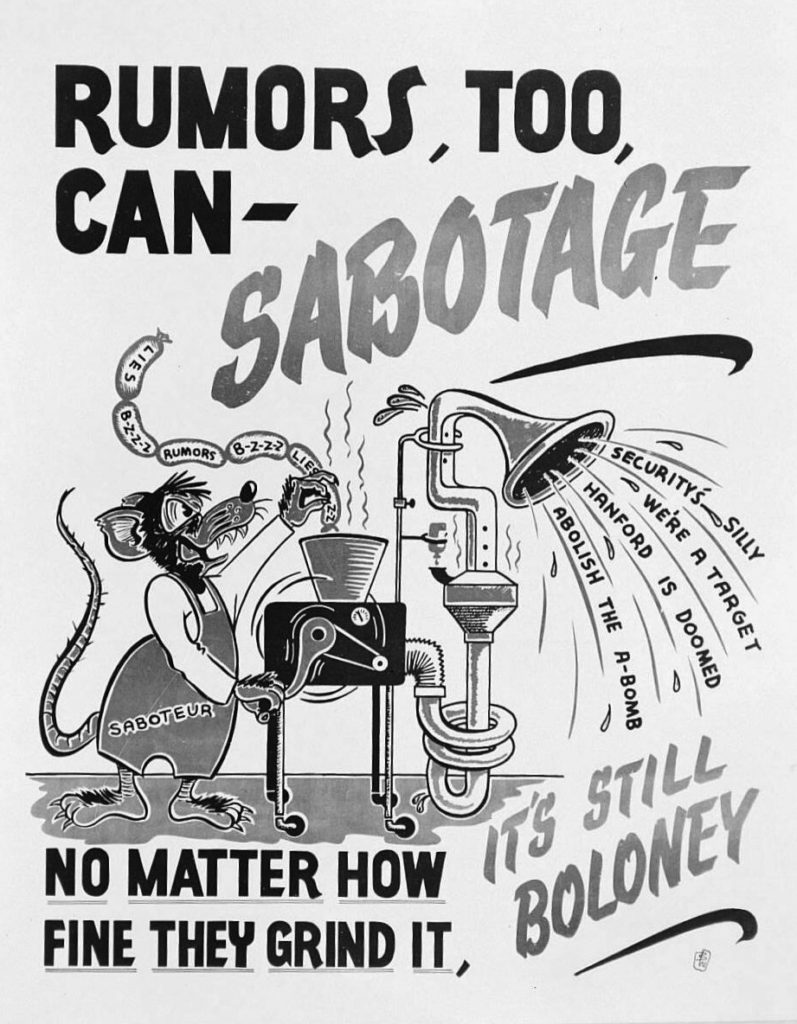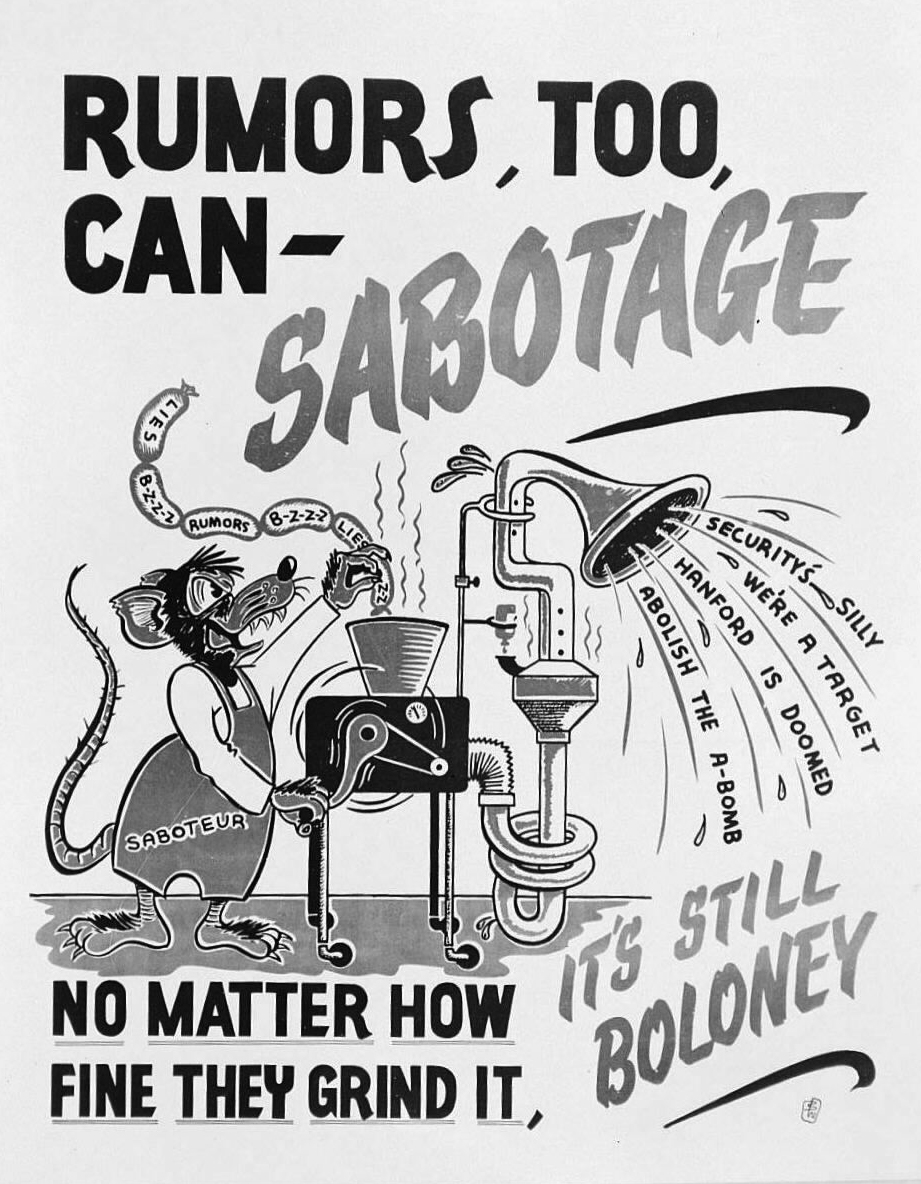I’ve long advocated using the broad sweep of history in the Flanaess, with all the wars, revolutions, invasions, and other changes to the setting acting as a vast and sweeping backdrop against which the campaign and the PCs can operate (Mortellan over at Greyhawkery covered this very subject himself yesterday).
One thing that occurs to me, however, is that unless the PCs are in the immediate vicinity of events, their knowledge of what is happening hundreds or even thousands of miles away is going to be out of date, incorrect, or both. And for that matter, their knowledge of what’s happening right around them might not be that accurate, either!
I envision some tables (of course it’s tables!) that uses the distance from the actual event and the time elapsed to determine how accurate a given rumor will be. Distance will determine how soon rumors of a given event could reach a location, as well as distorting its accuracy (as the information is passed through multiple people as it moves from place to place). Time will distort the accuracy as well, as stories are embellished as they are retransmitted. Assume that rumors are traveling with merchant caravans, ships, and the like, so 15 miles per day as a very rough estimate.
Rumor Table 1: Accuracy
|
Die Roll
(d%) |
Accuracy
|
|
01-20:
|
Wildly inaccurate. Numbers are distorted by as much as 100
times, names are completely wrong, basic facts are inverted. |
|
21-40:
|
Inaccurate. Numbers are distorted by as much as 10 times, names
are inverted, basic facts are distorted. |
|
41-65:
|
Somewhat inaccurate. Numbers are distorted by as much as 3
times, names are distorted, basic facts are generally correct. |
|
66-90:
|
Accurate. Numbers are distorted by as much as 2 times, names are
mostly correct, basic facts are correct. |
|
91-00:
|
Very accurate. Numbers are correct, names are correct, basic
facts are correct, details are mostly correct. |
Rumor Table 2: Distance Modifiers
|
Distance
|
Accuracy
Modifier |
|
0-1 mile
|
+15
|
|
1-30 miles
|
+10
|
|
31-90 miles
|
+5
|
|
150-300 miles
|
-5
|
|
301-1,000 miles
|
-10
|
|
1,000+ miles
|
-15
|
Rumor Table 3: Time Modifiers
|
Age
|
Accuracy
Modifier |
|
Less than 1 week
|
+10
|
|
Less than 1 month
|
+5
|
|
More than 3 months
|
-5
|
|
More than 6 months
|
-10
|
|
More than 1 year
|
-15
|
The first event that will hit the PC’s attention is the fall of the Duchy of Tenh the previous year. Since Tenh is around 800 miles away from Greyhawk, there’s a -10 modifier for distance, and since the event happened more than six months ago, but not quite a year ago, there’s an additional -10 modifier for age. The GM rolls a 53, modified down to a 33. Inaccurate. This is what the PCs hear:
A horde of a hundred thousand screaming barbarians from the Barrens swept through Tenh and is besieging Wintershriven in the Pale even now.
(In reality, the barbarians came from Stonehold and further east, numbered in the thousands, and never entered the Pale.)
The second event is the fall of the Horned Society just a month ago. Molag (capital of the Horned Society and pivotal in the rumor) is only 420 miles from Greyhawk, so no distance modifier applies (it would have taken about a month for the news to travel this far and reach the ears of common folk, although the Lord Mayor will certainly have known about it much sooner, as he will rely not on caravans to carry information, but will have networks of riders and spies). It happened around a month ago, so there would be no age modifier either. The GM rolls a 53 again. Somewhat innacurate. This is what the PCs hear:
Molag has fallen and the Hierarchs are slain! Only one of the leaders of the Horned Society made it out alive, and no one knows where he is now. Iuz came down from Dorakka with an army of demons and slew everyone in the city. His armies conquered the rest of the country in just days.
(In reality, more than one Hierarch escaped, the slaughter in the city was great but not total, some demons were involved, but there was no demon army, and it took two weeks to conquer the Horned Society.)
What I would love to do is to collect scores of rumors and put them in a vast matrix; if you’re in this place at this time, you hear these rumors, and have them all spreading across the Flanaess like ripples in a pond, growing gradually more distorted as the rings get larger and larger, eventually becoming unrecognizable. That’d be a lot of work, though, and in the meantime these guidelines, and a good timeline of events, should be enough to get me through.











I really like this concept. However, I would think that newer, fresher rumors would be more inaccurate. First reports are almost invariably wrong. Just look at cable news reporting — the first reports are always crap. But, as new facts arrive and wrong info is corrected, a better picture of reality emerges.
I was going to say this as well, but would add, the false information lingers and intertwines with the truth, as it is known. The actual truth (deeper details) may not be known for years or decades…if ever.
Bear in mind that we have a somewhat distorted idea of the speed of news, with 24-hour television and Internet coverage.
When you're talking about news that takes literally weeks to be transmitted, there will have been time for a story to have settled before it starts being disseminated to other locales.
So while it may be true that in the first hours of a siege or invasion (for instance) there might be confusion and multiple stories, once the tales get to the point where merchants are taking the stories abroad, it'll be a more stable version (although still not necessarily a correct version).
Hey this is a great idea! The applications are endless. It may make magical means of communication (whispering wind, message, sending, scrying, etc) more important as a side effect. If you trust the spellcaster source that is.
Cool Dice chart good Sir….
And we know about "Demons"…( We studied Ancient Demonology for over 30 years…)
Something else we have in common, my friend. 🙂
Chivalry & Sorcery, in Sourcebook 2, gave speeds of news conveyance. The cheapest was rumor, which traveled at 4d10 miles per day normally, halved in rainy/cold weather, and down to 1d6 miles per day in snow. If you accept their numbers (and if C&S was good for anything, it was good for getting the numbers at least in the ballpark), then perhaps 20 miles per day as an average seems good.
Next cheapest method (just to be complete) was hiring a merchant headed in the right direction (6d10% chance of finding one), which traveled at 18+2d10 miles per day, again halved in rainy/cold weather, or 2d10 miles per day in snow.
Finally, one could hire couriers, which was fastest and most expensive. Those would travel from 40-80 miles per day, depending on how much was spent, reduced by 25% in heavy or torrential rains, or by 30-50% in snow. Travel through dangerous areas (areas at war or bandit-infested) simply cost double.
This brings up the point that important news travels faster, as someone is willing to foot the bill to send messengers, but only for areas that should receive the news. Also to be taken into consideration are the effects of magic – Sending spells or the like, courier birds, teleportation, and such change the spread of news, too.
I also think rumors would not be less accurate over time. In your first example you said
"A horde of a hundred thousand screaming barbarians from the Barrens swept through Tenh and is besieging Wintershriven in the Pale even now."
You don't think over time more and more merchants or whoever would report that Wintershriven is not under siege? Or subsequent encounters with the barbarians would show they could not possibly have a hundred thousand troops.
I don't think people are going to walk into a tavern and announce, "I just got here from Wintershriven, and boy, was it not under siege."
That's not to say that people won't contradict those who say it *is*, but ultimately there's no way for a listener in Greyhawk to figure out which one is telling the truth. Remember, they can't just check the official Palish news agency website.
Folks will remember (and will be more likely to retransmit) interesting news, not non-news.
Then again, there is an old saying that, "A lie can travel halfway around the world before the truth can put its boots on."
I don’t think they have to walk in and announce the news, but people would trade news, particularly in a time when there is no news service. When people that had been in Wintershriven heard it was under siege I think they would correct who ever said it had been.
Also consider the various trading blocs, and the geographical and political partitions.
for example, circa 576, Keoland and its satellite states form a regional trading bloc; as does the Baklunish West; and the middle states of Veluna, Furyondy, Highfolk, the Shield Lands, the Urnsts, Nyrond, and the free cities (Verbobonc, Dyvers, Greyhawk, Hardby and the Wild Coast). To the southeast, there is the Iron League; as well as the Great Kingdom, its provinces and the Sea Barons.
Virtually no one trades with the northern nomads & barbarians. Tensions are high, armies ore on the move and no one really trusts the Great Kingdom, leaving Almor in a position similar to that of the Ukraine. The Baklunish bloc trades with the middle states, but not so much with the Keoish bloc, no one admits to trading with Iuz or the Horned Society. And of course there is sea trade.
All of these factors will have a major effect on where and how fast information (and/or intentional disinformation spreads.
Aside from trade (and adventurers, who are clearly insane and not to be taken seriously 😉 ), the only other people traveling are religious pilgrims, envoys & couriers, and refugees.
And that was more or less friendly, happy, golden-age Greyhawk. after the Wars (if you follow that time-line) people are much more nervous and mistrustful of strangers and may not ask for or volunteer news as readily and may not be as quick to contradict false rumors when they overhear them.
I agree about the accuracy of news, but as to its transmission, I think people would share news. It was common in the middle ages for wandering merchants, minstrels, clergy or whoever to be asked the news from their travels. Part of the hospitality tradition was the visitor passing on anything they knew or heard on the road, or where they came from. Same as along the early American frontier and in the colonies. If not the common people, then the local authorities would want to know.